Cart
Your cart is empty
Looks like you haven’t added anything yet, browse new arrivals below!
Continue ShoppingSupportive, adaptive footwear engineered to improve ground clearance, stability, and walking confidence—designed specifically for the mobility challenges that foot drop can bring.

Medically reviewed by
Dr. Obianuju Helen Okoye, MD
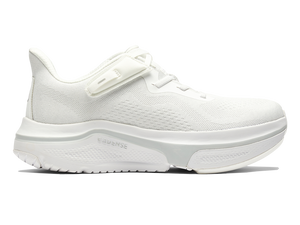
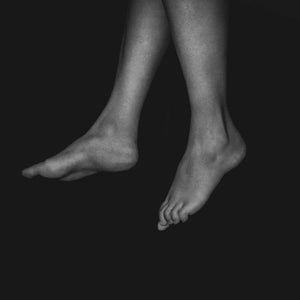
Foot drop is a neuromuscular disorder that affects an individual's ability to lift the front part of the foot. It's typically a symptom of an underlying problem, rather than a disease itself.
The condition is characterized by difficulty or inability to raise the toes or point the foot upward. This can lead to a distinctive way of walking where individuals lift their knee higher than usual, often described as "steppage gait," to prevent the foot from dragging on the ground. Because the foot does not clear the ground properly, walking may feel unpredictable, especially on surfaces like carpets, thresholds, grass, or uneven pavement.
Roughly 75% of Americans will deal with foot problems at some stage in their lives, and many are unfamiliar with the concept of foot drop. Understanding how this condition affects everyday movement can help individuals identify supportive footwear solutions sooner.
So what are the most prevalent symptoms to look out for?
Cadense adaptive shoes are designed to support safer, more predictable walking for individuals with foot drop. The structured sole helps reduce foot dragging, the lightweight design decreases the energy needed to lift the leg, and the supportive upper improves stability during transitions such as stairs, ramps, and uneven surfaces.
These mobility-supportive features can help reduce fear of falling, increase walking confidence, and provide more comfort throughout the day.

Dealing with foot drop doesn't just stop at braces or therapy - there are some exercises you can do at home to help strengthen your muscles and improve flexibility.
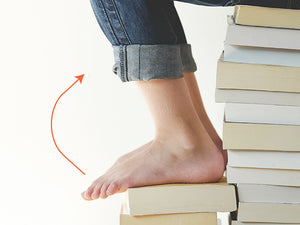
Sit in a chair and stretch your legs out in front of you. Now, try to pull your toes up towards you while keeping your knee straight. You should feel the stretch in the back of your leg. This helps strengthen the muscles that lift the foot. Strengthening these muscles makes it easier to clear the foot during the swing phase of walking.

While sitting or standing, simply tap your toes on the ground like you're tapping along to a song. It's a simple exercise, but it can really help with foot movement. Consistent activation can improve neuromuscular response over time.
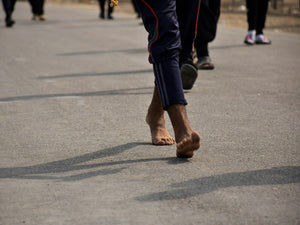
For this one, you'll need to stand up. Lift your toes off the ground and walk around on your heels. This strengthens the muscles around your ankles and helps with balance. This exercise mimics the ankle movement required for safe forward stepping.
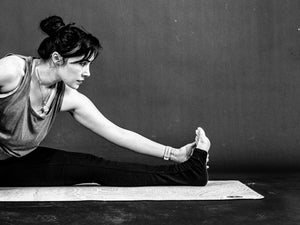
Sit on the floor with your legs stretched out. Place a towel around the bottom of your foot and gently pull towards you, keeping your knee straight. This is great for keeping your calf muscles flexible. Flexible calves can make walking smoother and reduce compensatory movements.

A bit of a fun one – place a bunch of marbles on the floor, and use your toes to pick them up and place them in a cup. This helps with toe flexibility and strength. Improving toe dexterity can help stabilize the foot during stance.
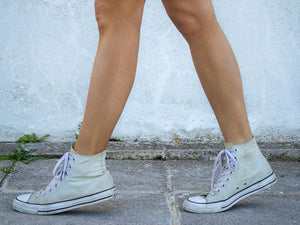
Stand up straight and rise onto your tiptoes, then lower back down. This strengthens the calf muscles, which are important for stabilizing your ankle. This added stability supports safer transitions on slopes, hills, and uneven surfaces.
Footwear designed for individuals with foot drop has specific features to help improve mobility, comfort, and safety. These features are tailored to address the unique challenges posed by the condition. Here's what to look for in foot drop footwear:
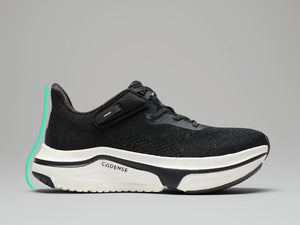
Shoes should provide robust ankle support to stabilize the foot and prevent excessive movement, reducing the risk of sprains or falls. This helps individuals feel more confident when stepping onto uneven ground.
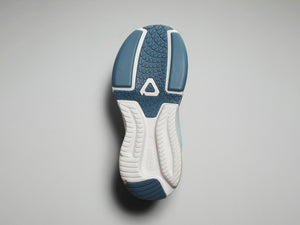
A stiffer sole can help in compensating for the weakened dorsiflexion of the foot. It prevents the shoe from bending too much, making it easier to walk without tripping. A firm platform also provides better predictability during each step.
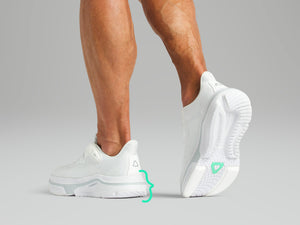
A lower heel height is ideal, as it places less strain on the leg muscles and makes it easier to walk. High heels or uneven soles can exacerbate the difficulties in walking. Low-heel designs also support natural gait mechanics.
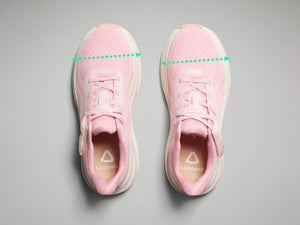
A wider toe box provides more room and comfort for the toes, reducing pressure points and accommodating any swelling. This is especially helpful when nerve-related weakness causes the toes to move less dynamically.
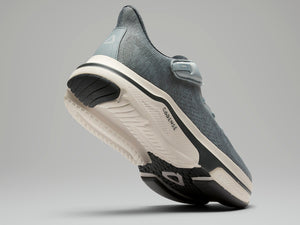
Lightweight shoes reduce the effort required to lift the foot, making walking less fatiguing. For individuals who lift their knee higher to compensate, reducing shoe weight can significantly decrease energy expenditure throughout the day.
Yes, if not managed properly, foot drop can lead to trips and falls, muscle fatigue, and joint pain due to the abnormal walking pattern it creates.
Using supportive footwear, engaging in physical therapy, and possibly using orthotic devices can significantly improve walking.
Yes, specific exercises to strengthen the leg muscles and improve range of motion can be beneficial.
Footwear with certain features like stiff soles, ankle support, and room for orthotics can be very helpful.
Yes, it's important to see a healthcare professional for a proper diagnosis and treatment plan, especially to identify any underlying conditions that may be causing foot drop.
Yes, adaptive or supportive shoes can be beneficial for individuals with foot injuries. Support shoes are designed to help guide an injured foot back to full health. They provide a crucial part of the healing process.
Adaptive shoes and orthopedic shoes share similarities in their design and purpose, but they are not exactly the same. Orthopedic shoes are usually medically prescribed, addressing specific medical conditions like foot deformities, arthritis, and diabetes-related problems.
Supportive footwear can improve ground clearance, reduce tripping, and create a smoother, more predictable walking pattern by stabilizing the ankle and improving surface contact.
Adaptive shoes can complement an AFO by adding stability, comfort, and better traction on uneven surfaces. Many people with foot drop use both together for improved mobility.
Shoes with a structured sole, ankle support, low heel height, and a lightweight design are safest because they help compensate for weakened dorsiflexion and reduce foot dragging.
Yes. Shoes that improve surface grip, control foot placement, and reduce toe-catching on thresholds, carpets, and uneven terrain can meaningfully lower fall risk.
The stable sole and controlled-glide outsole can help reduce abrupt impact and make each step feel smoother, which many people with foot drop find beneficial.
Adaptive shoes are designed for real-life movement, balance support, and everyday comfort, whereas orthopedic shoes are often medical-grade and more rigid. Cadense footwear blends mobility support with everyday wearability.
For some individuals with mild foot drop, supportive footwear may offer enough assistance for daily movement. Others may benefit from using an AFO and adaptive shoes together. A clinician can help determine the best combination.
Yes. A supportive sole with good traction and stability features helps keep the foot steady on uneven ground, slopes, ramps, carpets, and changing floor textures.
Looks like you haven’t added anything yet, browse new arrivals below!
Continue Shopping